How to Promote Your Blog: 7 Proven Strategies
But not all of them work. Believe us—we’ve tried them. These are the seven that have worked for us. People are more likely to share content with unique insights. Data, experiences, opinions—anything they can’t find elsewhere. Here’s an...

Shows how many different websites are linking to this piece of content. As a general rule, the more websites link to you, the higher you rank in Google.
Shows estimated monthly search traffic to this article according to Ahrefs data. The actual search traffic (as reported in Google Analytics) is usually 3-5 times bigger.
The number of times this article was shared on Twitter.
Search for “how to promote your blog,” and you’ll see hundreds of strategies. But not all of them work. Believe us—we’ve tried them. These are the seven that have worked for us. People are more likely to share content with unique insights. Data, experiences, opinions—anything they can’t find elsewhere. Here’s an example that illustrates this. In 2015, our chief marketing officer, Tim Soulo, wrote a guide to strategic writing on his personal blog. He crammed everything he knew and thought he created a masterpiece. Yet, when he asked marketing influencer Rand Fishkin to tweet the post, this was how Rand responded: A few years later, Rand retweeted our post on podcast advertising without any prompting: What was the difference? In Tim’s post, he rehashed the same advice from other articles on the topic. No doubt it was useful, but nothing was unique. In the latter article by our Rebekah Bek, everything was solely based on experience. I’m not going to simply just tell you to create “unique content.” You must have heard it a hundred times by now. So rather than repeating the same old advice, I recommend building share triggers instead. Coined by professor Jonah Berger in his book, “Contagious,” share triggers are psychological principles that make people want to share something. They are: Here’s how to put them into action (you’ll want to incorporate at least one or two): For the final tip, here’s how you can find out why people are linking: For example, if we analyze this post on the perfect kettlebell swing, we see that people are linking because of the benefits: It’s something we can consider adding to our content. Learn more: What Is Link Bait? 7 Successful Examples You want traffic from Google. But if you’re new to the game, many topics are out of your reach—at least for now. They’re too competitive, and you’re outgunned by websites with more resources. But what if I tell you that you can find topics that are easy to rank for? Here’s how: Since backlinks are an important ranking factor, pages that still get tons of search traffic without plenty of backlinks should be relatively easy to rank for. In this example, you’ll see >2,000 pages that get >500 search traffic a month with fewer than 10 referring domains. Click on any article and then on the Organic keywords tab to see what keywords they’re ranking for. If you’re running a blog about beards, you can target the same topics too. Learn more: How to Find Low-Competition Keywords for SEO If you’ve published an amazing piece of content, why not show it to people in your niche who have a large audience? It’s why Tim reached out to Rand. In digital marketing, we call this “outreach.” The key to successful outreach is to ask yourself this question each time you’re about to send a new email: Why would anyone care about whatever I say? There are two strong outreach reasons: The latter reason is why strategy #1 works. There’s no trick to getting top people in your field to promote you. You have to do notable work. This is also why whenever we send outreach emails to promote our content, we focus on pitching the article—not a sneaky request to tweet it. Assuming you’ve created something noteworthy, here’s how you can find people to potentially reach out to: These 100 people have written many articles on your topic, so it’s reasonable to assume they’re interested. Find their emails, reach out to them, and share your unique insights. Learn more: Blogger Outreach: How to Do It at Scale (Without Feeling Like a Jerk) Here’s another strong reason you can use for your outreach: You noticed someone’s blog post is declining in traffic, so you offer to help update it. In fact, this was what Irina Maltseva, the former head of marketing at Hunter, did: Why does this work? Four reasons: Here’s how you can find content that’s declining in traffic: From here, you’ll want to eyeball the list and look out for pages with declining page traffic: Click on the article to see the Page traffic chart in detail: Looks like this particular article has suffered a drastic drop in traffic. If you’re in this niche, you can reach out to the editor and see if they’ll be interested in updating the post. If they are, suggest doing the work for them—it’ll sweeten the ask. Learn more: Republishing Content: How to Update Old Blog Posts for SEO There is a subreddit for almost anything. That includes your niche too. There’s no doubt that Reddit is a great place to promote your content. Do it right, and it may even lead to a hug of death. But let me throw a wrench in your plans. Redditors hate advertising and marketing. If your content smells like self-promotion, they will not hesitate to throw you out. So you can’t just waltz in, drop a link, and wait for the flood of traffic. Reddit, however, does love useful content. So to resolve this conundrum, you can share a barebones version of your content. Strip everything out, especially your internal and external links. Leave only a link back to the original at the bottom of your Reddit post, so anyone who’s interested can check it out. Here’s an example of it in the wild: We have a video on blog post templates you can swipe. But did you know that it was originally a blog post? Not everyone wants to read. Some want to watch videos. By turning your articles into videos, you can potentially reach a new set of audience. You’ve already created the content anyway. Why not take advantage of it and give it a new lease on life? Let’s be honest, though. Repurposing is hard work. It’s one thing to say, “Turn your blog post into a video,” and another to actually do it. So if you’re going down this path, you’ll have to prioritize. One way to do this is to focus on topics that people are already searching for on YouTube. That way, your repurposed videos can generate search traffic too. Here’s how to find these topics: Look through the list to see if there are any topics where you already have existing blog content. Those are the topics you should repurpose. For example, this was how we decided to repurpose our article on influencer marketing: Learn more: The Complete Guide to Content Repurposing Most people who are looking for ways to promote their blogs are actually looking for free promotion strategies. They don’t want to pay for promotion because they think they have no budget for it. But what they don’t realize is that, in reality, no blog promotion method is free. While it may not cost upfront cash, it takes time. And time is money. Even the richest person in the world cannot buy time. So you actually do have the budget to promote your content with ads because they free up your precious time—time that could be better spent elsewhere. At Ahrefs, we run ads for all our newly published content. Facebook ads are our go-to: If you find Facebook ads too complex or too expensive, don’t forget that there are other platforms you can test too. For example, we also run ads on Quora: And Twitter: Learn more: PPC Marketing: Beginner’s Guide to Pay-Per-Click Ads Ryan Holiday writes in “Perennial Seller”: Creating more work is one of the most effective marketing techniques of all. If you’ve published an amazing article and got tons of success, the best thing you can do to promote your blog further is to publish another amazing piece of content. A consistent output of great work is the foundation behind all your blog promotion strategies. It supercharges everything. Any questions or comments? Let me know on Twitter.
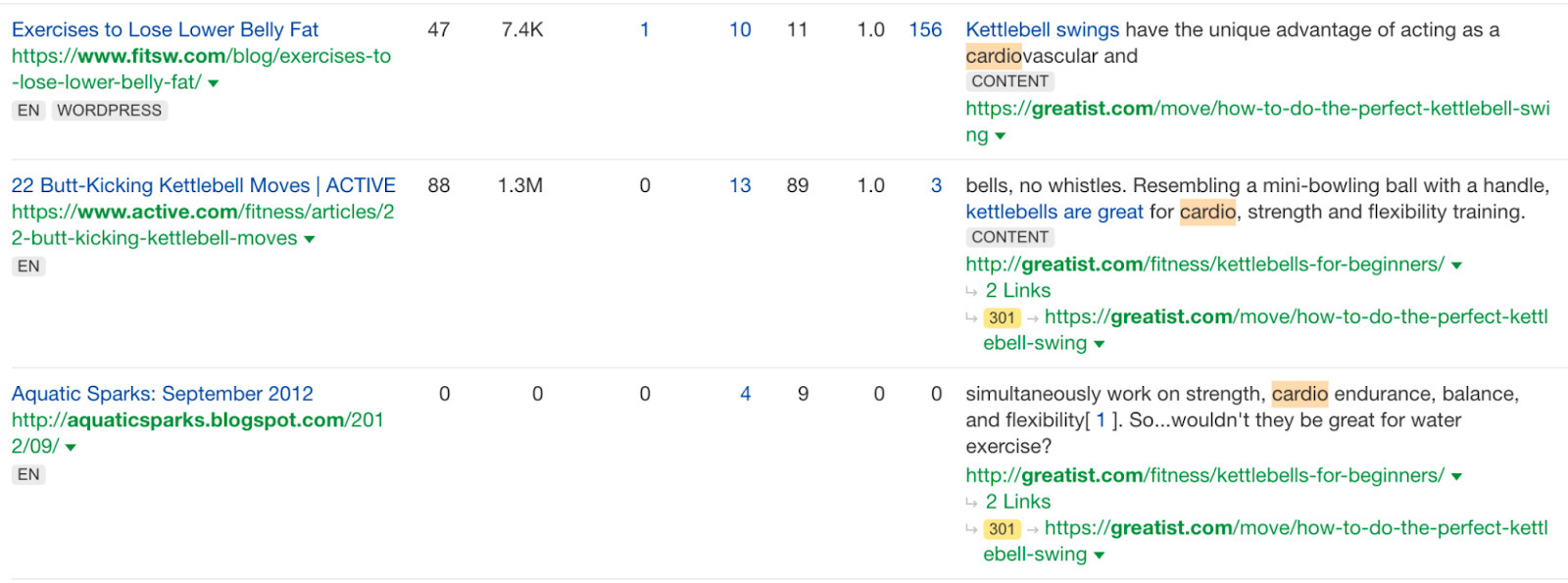
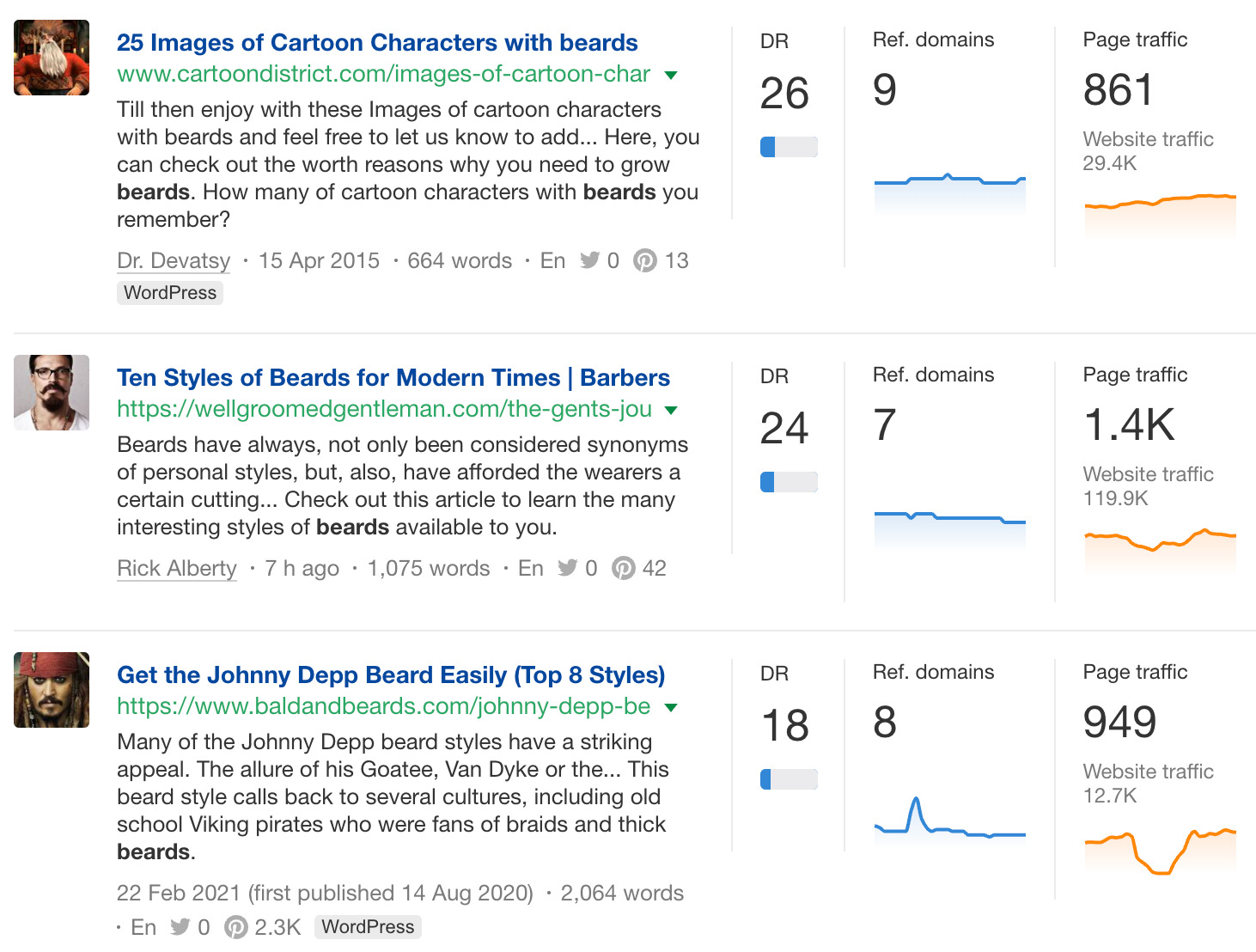



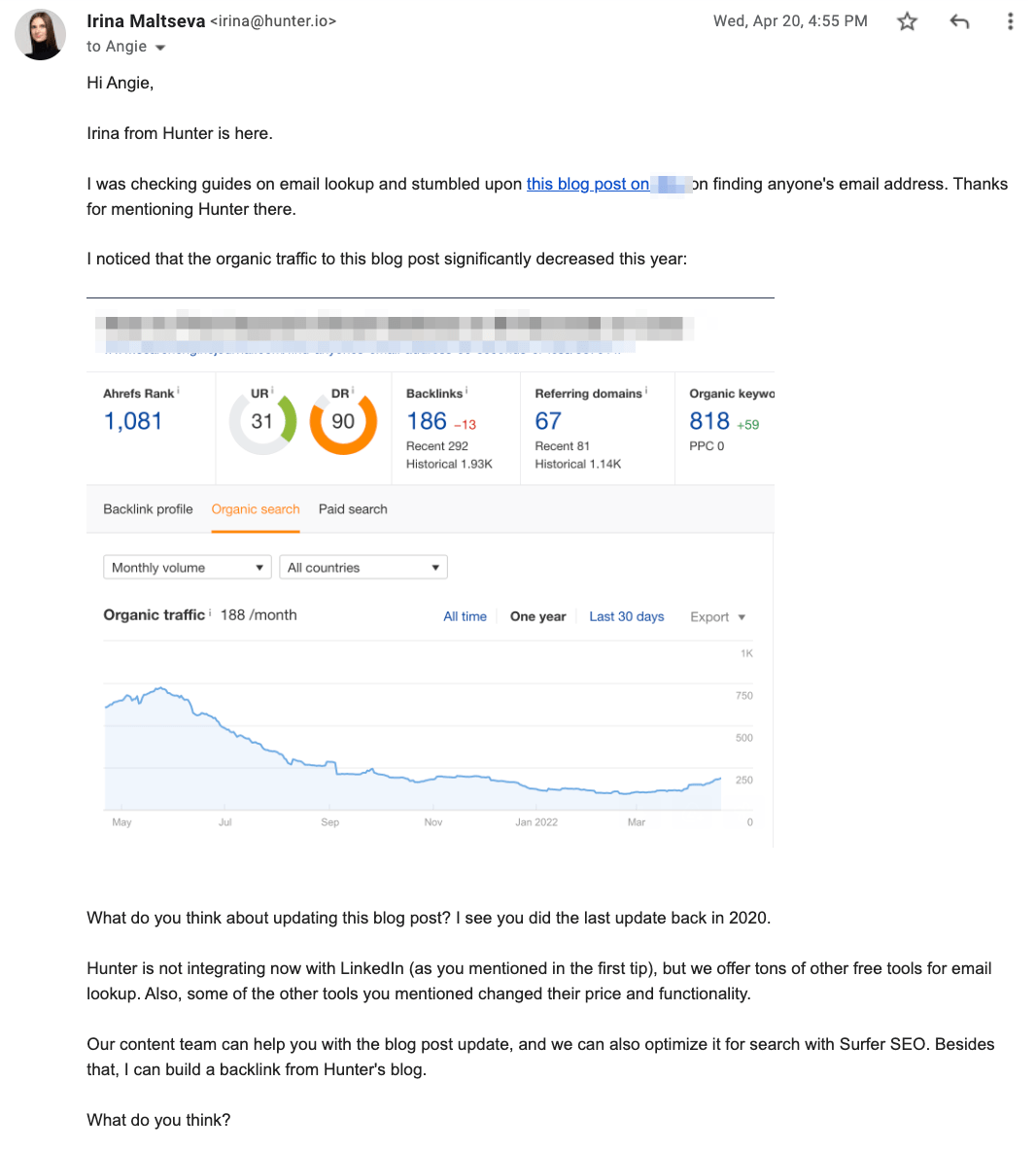

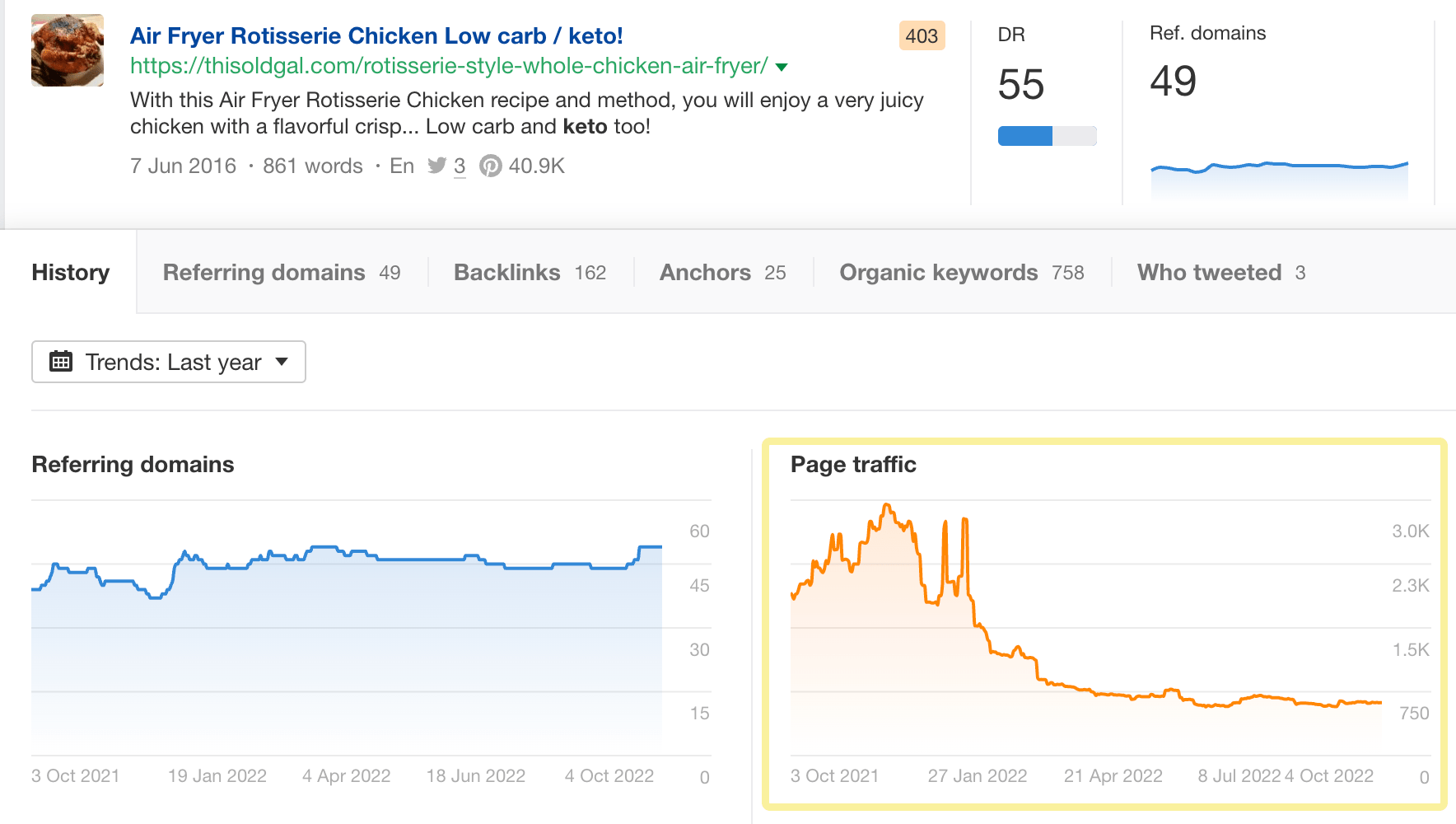
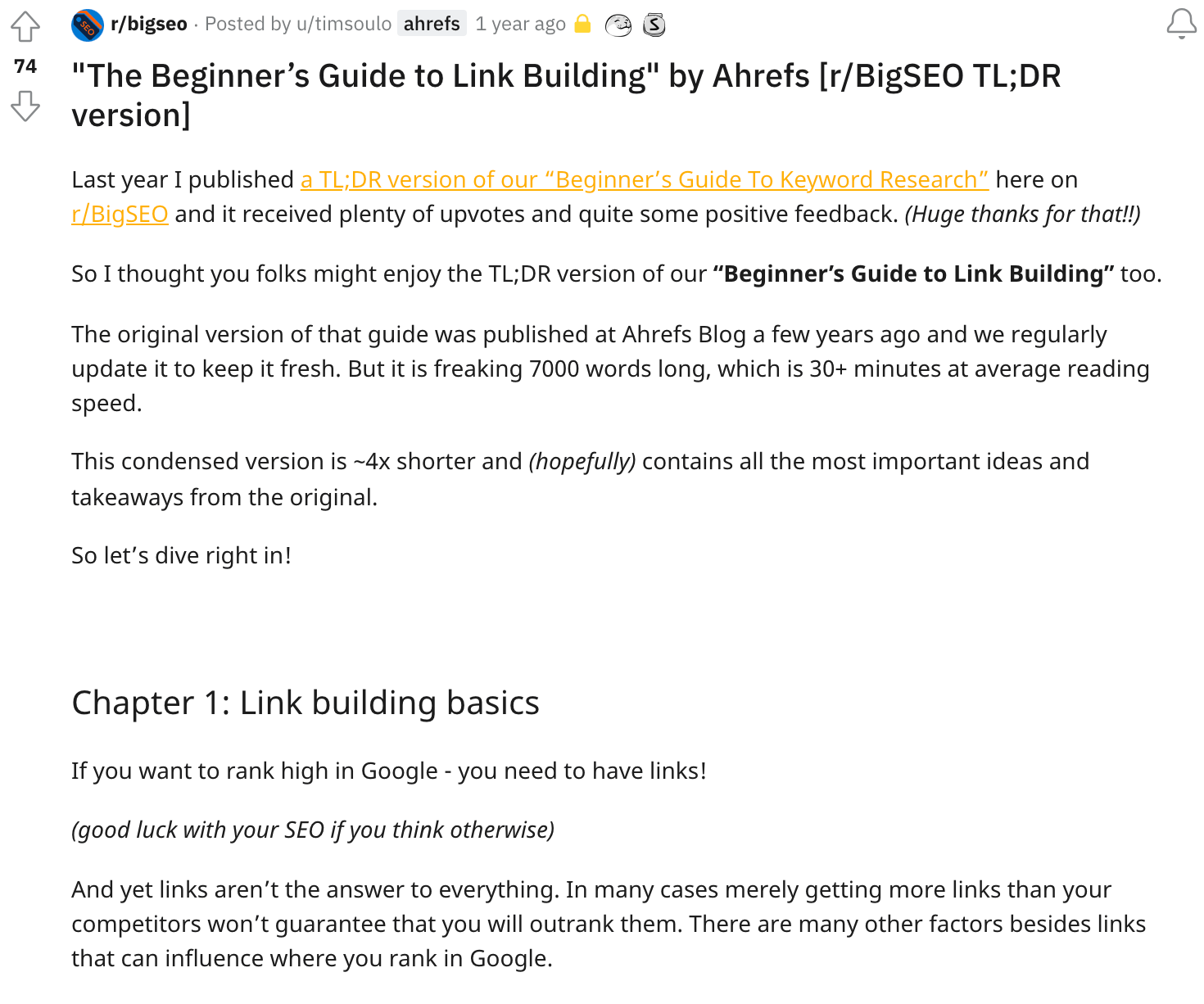


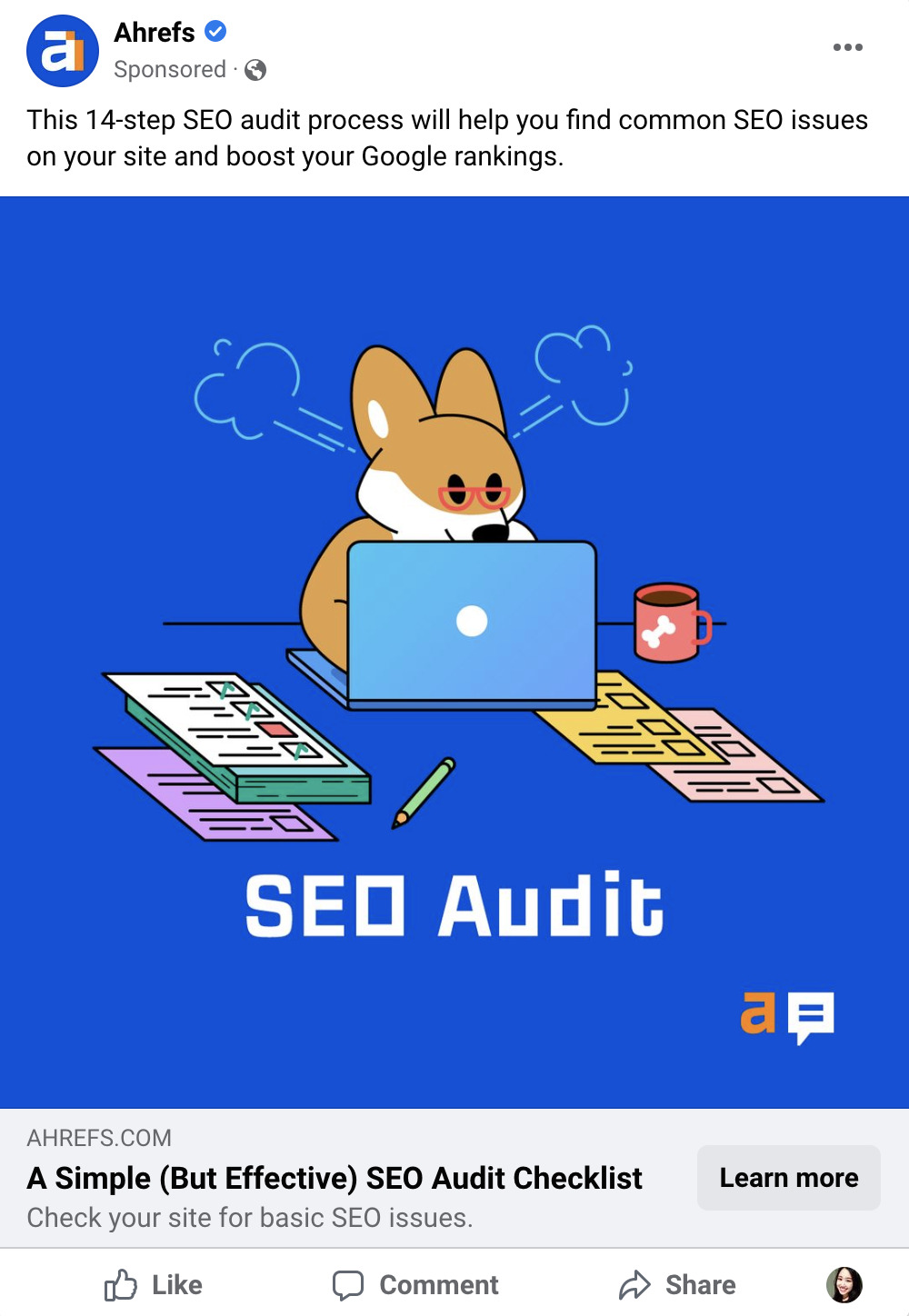


Final thoughts

 ShanonG
ShanonG 
































